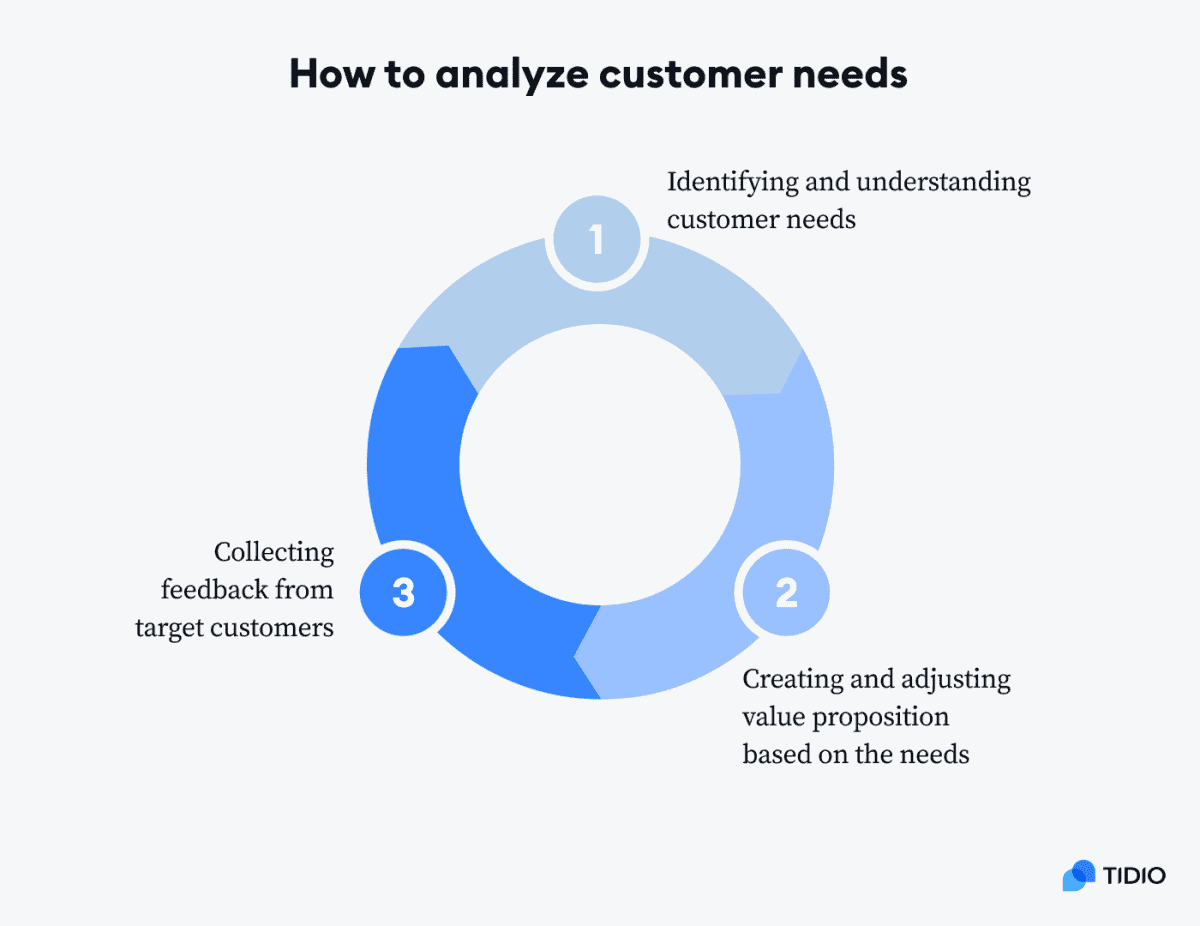A brand is more than just a logo or tagline. It’s the total of your company’s reputation, values, and distinguishing characteristics. In other words, it’s what customers think of when they hear your company name. In this article we explain Why Your Business Needs a Solid Brand Strategy.
That’s why developing a comprehensive brand strategy should be a top priority for any business owner. After all, your brand is one of your most valuable assets. It can help you attract new customers and build loyalty among existing ones.
In this post, I will share with you why your business needs a solid brand strategy and what things you should consider when creating one.
Table of Contents
What is a Brand Strategy?
A brand strategy is a long-term plan for how a company wants to position its brand in the market. It includes research on consumer behavior and target markets, as well as an analysis of the competition.
A brand strategy also includes things like your company’s mission statement, values, and identity. All of these elements come together to form the perception that customers have of your brand.
A logo, your corporate colors, and other visual elements are also part of your brand plan. Customers should be able to think of your business when they see these components.
If you think of your brand as a person, then your brand strategy is that person’s personality. It should be consistent across all of your marketing materials and touchpoints.
Why Your Business Needs a Brand Strategy?
A brand strategy is an essential part of any business plan. It defines your brand identity and articulates the messages you want to communicate to your target audience. Without a clear brand strategy, your marketing efforts will be scattered and ineffective.
Your brand strategy should be designed to build awareness, differentiate your product or service, and create an emotional connection with your customers. It should be based on a deep understanding of your customers’ needs and desires.
For example, if you’re selling a luxury product, your brand strategy should focus on creating an aspirational image that will appeal to customers’ sense of status and prestige. On the other hand, if you’re selling a practical product, your brand strategy should focus on utility and function.
If you don’t have a clear brand strategy, your customers will have a hard time understanding what your business is all about. They might not even remember your company name after they’ve interacted with you.
Think about it this way:
If you don’t know what your brand stands for, how can you expect your customers to know?
For example, imagine you’re looking for a new pair of jeans. You walk into a store and see two options. One is a brand that you’ve never heard of before, and the other is a well-known brand like Levi’s.
Which one are you more likely to buy? If you’re like most people, you’ll probably go with the Levi’s.
Why? Because you know what to expect from that brand. You know that they make high-quality products that will last.
On the other hand, you have no idea what to expect from the unknown brand. Will their jeans be made from good materials? Will they fit well?
You just don’t know.
The Benefits of Having a Brand Strategy
To develop a successful brand strategy, you need to understand what makes your brand unique and what benefits it offers to your customers. You also need to have a clear understanding of your target market and what they are looking for in a product or service.
There are many benefits of having a well-defined brand strategy.
A strong brand can help you:
- Attract new customers: A powerful brand will make your company more visible and recognizable, which can help you attract new customers.
- Build customer loyalty: A strong brand will create an emotional connection with your customers, which can lead to customer loyalty and repeat business.
- Charge premium prices: A premium price is the amount a customer is willing to pay for a product or service because they perceive it to be of higher quality than similar products on the market. If you have a strong brand, you will be able to charge premium prices for your products or services.
- Increase employee morale: A strong brand can boost employee morale by creating a sense of pride and ownership. This can lead to improved employee productivity and retention.
- Increase the value of your company: A strong brand can increase the value of your company and make it more attractive to investors.
- Makes it easier to launch new products: If customers already know and trust your brand, they’ll be more likely to try new products that you launch.
- Helps you weather tough times: During economic downturns or other challenging times, a strong brand can help you weather the storm.
In short, a well-defined brand strategy can help you build a successful and sustainable business. Not only will it help you attract new customers, but it will also help you retain existing ones.
The Importance of Aligning Your Brand Strategy with Your Business Goals
Your brand strategy should be integrated into every aspect of your business, from the products you sell to the way you answer the phone. When your brand strategy is aligned with your business goals, it can help you to attract the right customers, build loyalty, and drive sales.
To ensure that your brand strategy is aligned with your business goals, start by taking a close look at your target market.
What are their needs, and how can you meet them?

Image source: https://www.tidio.com/blog/customer-needs/
Once you have a clear understanding of your target market, you can begin to craft a messaging and visual identity that will appeal to them.
Keep in mind that your brand strategy should evolve as your business grows. As you gain new insights into your customers and market, don’t be afraid to make changes to ensure that your branding remains relevant.
How to Implement Your Brand Strategy
Now that you understand the importance of having a brand strategy, you may be wondering how to go about implementing one.
Here are some tips:
1. Define Your Brand Identity
The first step is to define your brand identity. This includes articulating your brand values, mission, and vision.
Your brand values should reflect the qualities that are most important to your company. For example, if you’re a luxury brand, your values might include quality, exclusivity, and prestige.
Your mission statement should articulate what you do and why you do it. For example, “We help busy professionals make healthy choices.”
Your vision statement should articulate where you want to be in the future. If you own a small business, your vision might be to become the go-to provider of your product or service in your city.
2. Develop a Brand Messaging Strategy
Once you’ve defined your brand identity, you need to create a brand messaging strategy. This will help you articulate your brand story and position your product or service in the market.
A brand story is much more than just a marketing pitch. It’s an opportunity to connect with your customers on a deeper level and explain what makes your company unique.
A good brand story should at least answer the following questions:
- Who is your company?
- What do you do?
- Why does it matter?
By answering these questions, you can begin to craft a story that will resonate with your audience and help you stand out from the competition. In addition, don’t forget to keep your brand story relevant to your specific industry and target market. By tailoring your story to fit these parameters, you can ensure that your message will reach the right people and have the greatest impact.
For example, a company named Oscar’s Shoe Collective could tell the following story:
“Oscar’s Shoe Collective is a family-owned business that has been handcrafting shoes in Italy for over three generations.
We believe that shoes should be more than just functional; they should be works of art that reflect the personality of the wearer. That’s why we take the time to craft each pair of shoes with the utmost care and attention to detail. From the selection of the finest leathers to the stitching of the sole, we are committed to creating a truly unique product.
Our shoes have been featured in magazines and worn by celebrities, but we’re most proud of the everyday people who choose to wear our shoes and make them a part of their story.
Whether you’re looking for a classic black pump or a brightly colored statement piece, Oscar’s Shoe Collective has the perfect pair of shoes for you.”
3. Create a Visual Identity
Your visual identity is how you represent your brand visually. This includes your logo, color palette, typography, and imagery.
When creating your visual identity, it’s important to keep in mind that your goal is to create a consistent look and feel across all touchpoints. This way, when consumers see your branding, they will immediately recognize it as yours.
Here are a few tips for creating a strong visual identity:
- Keep it simple: When it comes to visual branding, less is more. You want your visuals to be easy to understand and remember.
- Use high-quality images: The imagery you use should be of the highest quality possible. This will help ensure that your brand looks professional and credible.
- Choose colors carefully: The colors you use in your branding should be chosen carefully. They should reflect your brand personality and be consistent with the colors used in your industry.
Think about some major brands and the colors they use in their branding. For example, Coca-Cola is red, McDonald’s is yellow, and UPS is brown.
Are their logos complicated? No.
Are their color schemes easy to remember? Yes.
Keeping it simple and using colors that are easy to remember will help you create a strong visual identity for your brand. And, high-quality images will help ensure that your visuals always look sharp and professional.
4. Implement Your Branding Across all Touchpoints
Once you’ve developed your brand strategy, it’s important to implement it across all touchpoints. This includes everything from your website and social media accounts to your marketing materials and product packaging.
When implementing your branding, keep the following tips in mind:
- Be consistent: It’s important to use the same colors, fonts, and visuals across all touchpoints. This will help create a sense of cohesion and make it easier for consumers to recognize your brand.
- Use high-quality visuals: Any visuals you use should be high quality and reflect your brand identity. This includes things like photos, graphics, and videos.
- Tell your story: Make sure that your brand story is reflected in all of your communications. This will help you connect with consumers on a deeper level and explain what makes you unique.
By following these tips, you can ensure that your branding is strong, consistent, and impactful.
Conclusion
If you want to build a successful brand, you need to start with a solid foundation. That foundation is your brand strategy.
Your brand strategy will help you define your brand and create a unique identity that sets you apart from your competitors. This will make it easier for you to connect with your target audience and achieve your business goals.
Remember, your brand is more than just your logo or your color scheme. It’s the whole package. So, take the time to develop a strong brand strategy that will help you build a successful brand.
Join The Logo Community
We hope this article has helped you understand Why Your Business Needs a Solid Brand Strategy.
If you would like more personal tips, advice, insights, and access to our community threads and other goodies, join us in our community.
You can comment directly on posts, access our community threads, have a discussion and ask questions with our founder Andrew.
If you’re looking to learn more about brand strategy, we highly recommend eRESONAID with our friend and acclaimed brand strategist and author Fabian Geyrhalter, it’s packed full of knowledge and insights you will need to learn to become a brand strategist or apply what you learn within your own business.
 Author bio
Author bio
Oscar Rodriguez is a part-time writer and full-time blogger. In his personal blog, he shares his knowledge about online businesses and income generation. When he’s not writing or working on his next project, Oscar enjoys reading self-development books.


